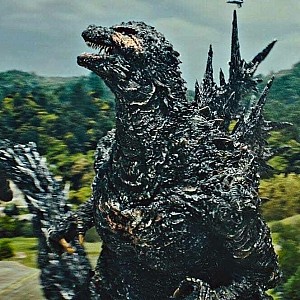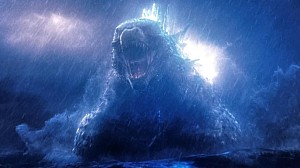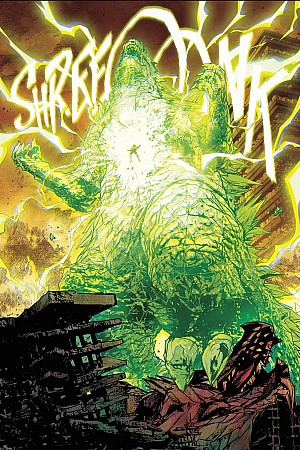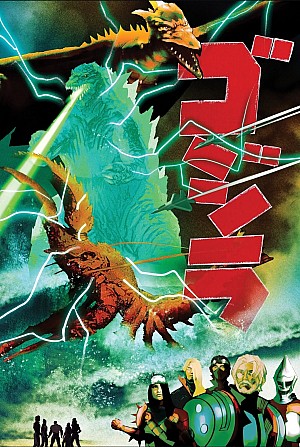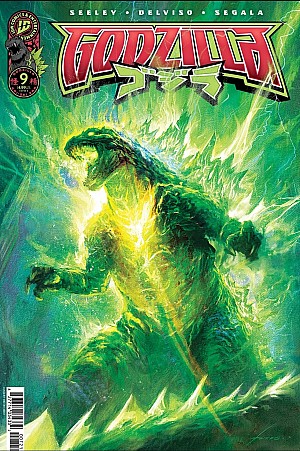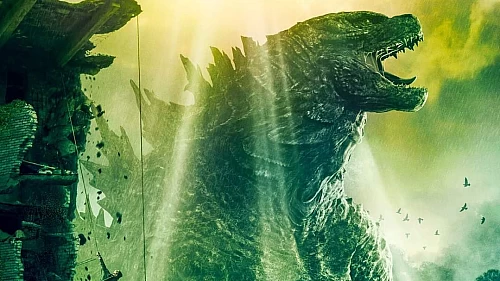This post was published by a guest. The views expressed are those of the author and do not necessarily reflect the views of godzilla-movies.com.
Godzilla’s roar is one of cinema’s most famous sounds, recognised by audiences across generations. From its initial creation in 1954 to its influence across media, including film, television, and even the gaming industry, this roar has become a symbol of power and fear. Let’s explore how this iconic sound was brought to life and why it continues to resonate today.
The Origins of Godzilla’s Roar
The creation of Godzilla’s roar in the original 1954 film was groundbreaking for its time. Tasked with designing the sound, composer Akira Ifukube sought to capture a tone that was otherworldly and terrifying. Traditional animal recordings simply weren’t enough to convey the presence of a colossal monster. Instead, Ifukube took an innovative approach: he used a contrabass, loosening its strings and rubbing them with a leather glove coated in resin. The result was a deep, echoing sound that, when played backward and manipulated, formed the bone-chilling roar of Godzilla.
This unique method highlighted a key principle of sound design—thinking outside the box to create something original. The roar wasn’t just a noise; it was an expression of Godzilla’s character, encapsulating his raw power and ancient menace.
Evolution Through the Decades
As the Godzilla franchise grew, so did its iconic roar. Over the years, each iteration of Godzilla came with subtle changes to the original sound to keep up with technological advances and the evolving portrayal of the character. The 2014 reboot, for example, modernised the roar by blending elements from the original with new sound design techniques. This adaptation retained the deep, haunting quality fans loved while making it fresh for a contemporary audience.
The roar’s evolution demonstrates the careful balance between innovation and respect for tradition. Each new film retained the essence of Ifukube’s original creation, ensuring that it remained recognisable while still feeling relevant.
The Roar’s Cultural Legacy
Beyond the big screen, Godzilla’s roar has become a cultural touchstone. Its impact extends far beyond movies and film franchises. In the gaming industry, for instance, the influence of Godzilla can be seen in various video games and even casino games. One notable example is the 2023 release of one of the latest slots games inspired by Godzilla, which captures the thrill of facing the legendary monster and showcases how far his legacy has reached.
The roar’s iconic status has led to countless parodies, references, and homages across media, cementing it as a symbol of raw, uncontrollable power. This presence in various forms of entertainment—from TV shows to theme park attractions—demonstrates how one sound can transcend its origins to become an integral part of global popular culture.
Conclusion
Godzilla’s roar is more than just a sound effect; it is a defining feature of a cinematic legend. Created through innovative sound design techniques, it has adapted over the decades to maintain its place in popular culture. Its influence now stretches across films, video games, and even casino slot games that brought the iconic monster to the gaming world.

What’s Next for Godzilla? Fan Theories, Rumors, and Upcoming Movies
Godzilla is one of the most famous movie characters of all time. The King of the Monsters has been a huge hit with fans since his first debut in 1954....
Explore Multiple Art Styles Instantly with AI Avatar Maker
Digital self-expression is more graphic than ever. Your personal presentation online is usually determined by your choice of style that influences how...
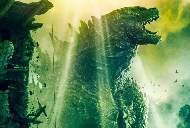
Could You Survive a Kaiju Attack? A Student’s Guide to Emergency Preparedness
The campus buzzes with lectures, deadlines, and the occasional late-night study session. But what if, amidst this academic routine, a seismic tremor r...

